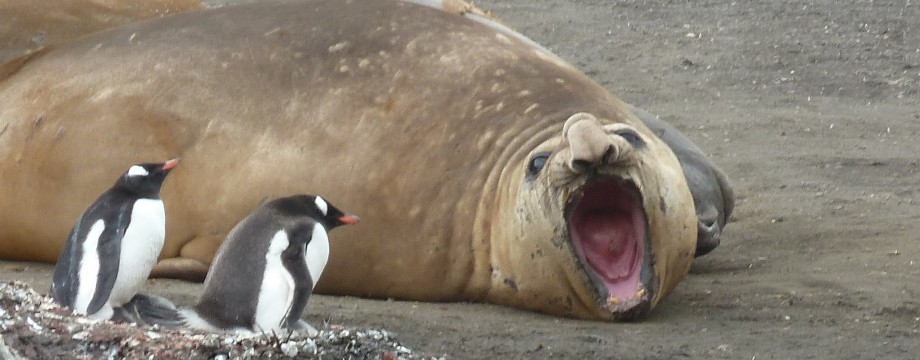Visiting the walled coty of Kairouan 7 times is equal to visiting Mecca once. Known as Islam's 4th holiest city, Kairouan is not only religiously significant, it's also a beautiful place to explore.
Zaouia Sidi Abid el-Ghariani (the Mausoleum of Sidi Abid el-Ghariani), built in the 14th century, was my first stop. It is known for its elaborate woodwork and hand crafted details.
Bir Barrouta (Barrouta Well) is said to be connected to Mecca. A camel walks in a circle to activate the well. Drinking the water is said to provide good luck so, with eager Tunisian eyes watching me, I took an obligatory sip. Fortunately, my stomach has been fine, so I will count that as my good luck!
The Mosque of Three Doors dates back to the mid 9th century and is the oldest known decorated facade in all of Islamic art and architecture. It features 3 different inscriptions and a series of winding flowers above the 3 doors.
From the street, the Maison du Gouverneur is easy to miss in its nondescript state. Step inside and you'll find richly carved ceilings, intricate latticework, women weaving carpets from patterns committed to memory, and a small army of determined carpet salesmen. Very determined.
The main attraction here is the Grand Mosqué, built in the 9th century. The 8 meter tall exterior walls are sedate and relatively unadorned. The interior courtyard is probably big enough to comfortably host a soccer match but I'm guessing that would be discouraged.
Seventeen carved doors open onto the prayer hall.
The main doors are left open for non-Muslims to peer into the prayer hall.
Several of the columns feature inscriptions.
Climbing to the roof of a nearby restaurant reveals a perfect view of the Grand Mosqué.
Kairouan is a busy city, so it's no surprise the marketplace was bustling.
I would love to spend the night in Kairouan if only to see how the changing light illuminates the city. As it was, just walking around on a sunny afternoon was beautiful.
































